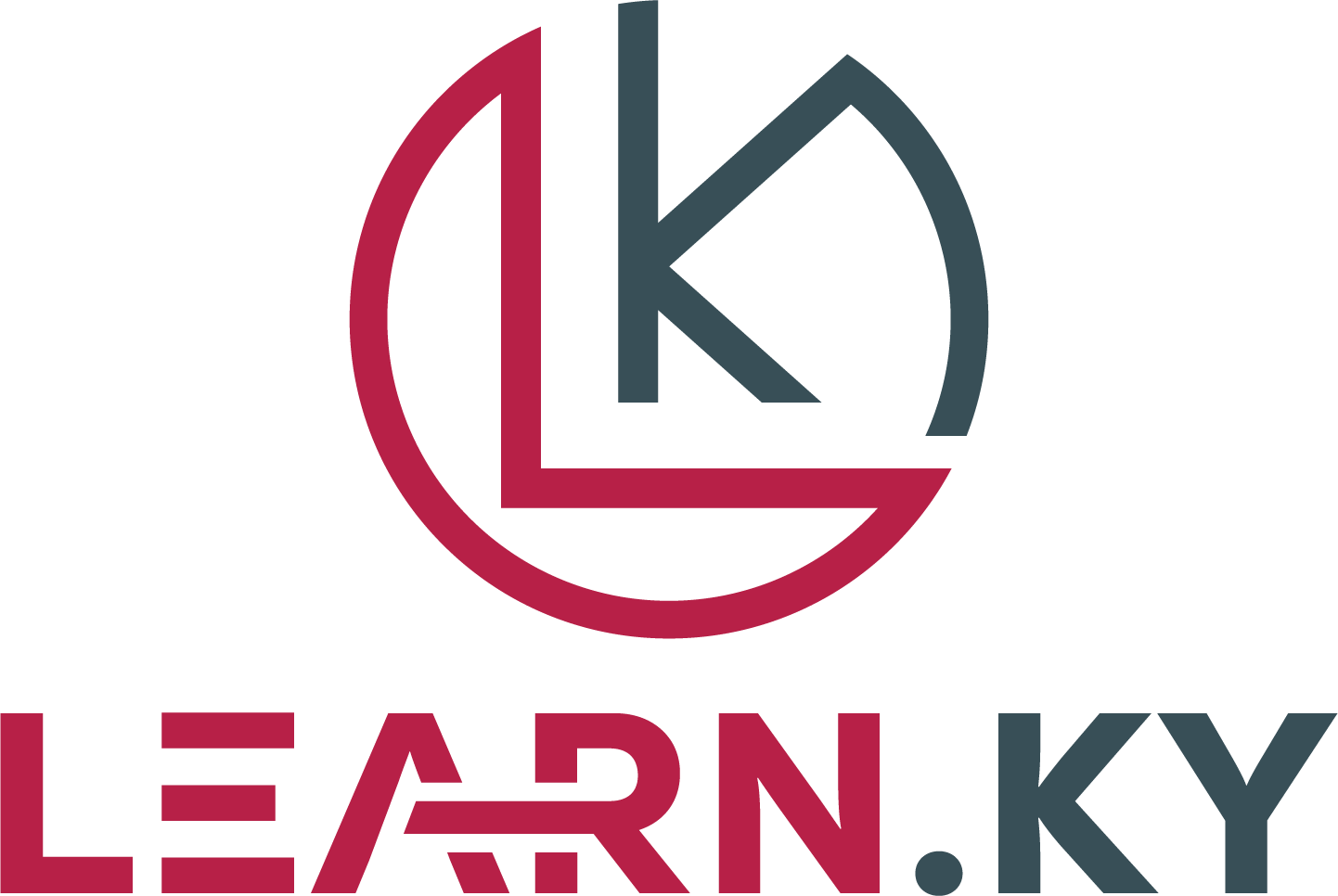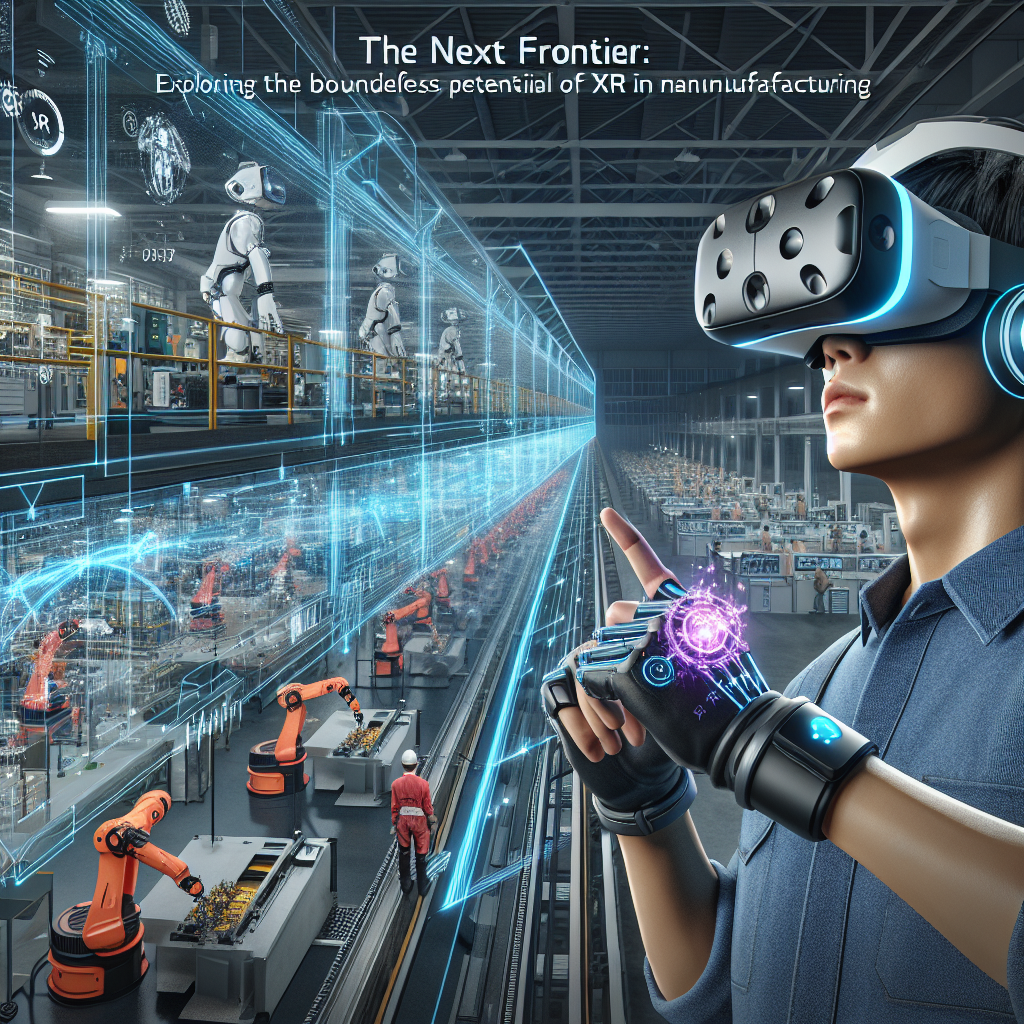In the realm of manufacturing, advancements in technology have always driven progress and innovation. From the introduction of automated assembly lines to the implementation of robotics, the industry has continually evolved to improve efficiency, productivity, and quality. One such technological frontier that holds immense promise for the manufacturing sector is Extended Reality (XR).
XR encompasses a spectrum of technologies that includes Virtual Reality (VR), Augmented Reality (AR), and Mixed Reality (MR). These immersive technologies have the potential to revolutionize the manufacturing process by enhancing visualization, simulation, training, maintenance, and collaboration. In this article, we will explore the boundless potential of XR in manufacturing, analyzing the benefits, challenges, and future outlook for this transformative technology.
Enhancing Visualization and Simulation
One of the primary advantages of XR in manufacturing is its ability to enhance visualization and simulation capabilities. VR, for example, allows users to immerse themselves in a virtual environment, enabling them to interact with digital replicas of physical objects and spaces. This immersive experience can be leveraged for design reviews, prototyping, and process optimization, helping manufacturers identify potential issues early in the production cycle.
Similarly, AR technology overlays digital information onto the real world, providing workers with real-time guidance, instructions, and data while they perform tasks on the factory floor. This augmented view can improve accuracy, speed, and safety, reducing errors and enhancing productivity. MR takes this a step further by merging physical and digital elements to create a seamless blend of the virtual and real worlds, offering even more possibilities for visualization and simulation in manufacturing.
Training and Maintenance
XR also presents significant opportunities for training and maintenance in the manufacturing sector. Through immersive simulations, employees can be trained on complex machinery, equipment, and processes in a safe and controlled environment. This hands-on experience allows workers to familiarize themselves with operational procedures, troubleshoot issues, and practice skills without risking damage to physical assets.
Furthermore, XR can be utilized for remote assistance and maintenance tasks, enabling experts to guide on-site technicians through troubleshooting procedures using AR overlays or VR telepresence. This real-time collaboration can reduce maintenance downtime, improve equipment uptime, and enhance overall operational efficiency. By providing access to digital twins of machines and systems, XR empowers technicians to visualize components, diagnose problems, and perform repairs with greater precision and accuracy.
Collaboration and Communication
Another key benefit of XR in manufacturing is its potential to facilitate collaboration and communication among teams dispersed across different locations. With VR meeting spaces, employees can interact and collaborate in a virtual environment, regardless of geographical barriers. This virtual collaboration can streamline decision-making, foster creativity, and improve teamwork, leading to faster innovation and better outcomes.
AR-enhanced remote assistance tools can also support communication between engineers, operators, and managers by overlaying digital annotations, instructions, and data on physical objects. This shared view allows stakeholders to visualize complex information, communicate ideas effectively, and make informed decisions in real time. By breaking down communication silos and promoting cross-functional collaboration, XR can drive greater efficiency, accuracy, and agility in manufacturing operations.
Challenges and Considerations
While the potential of XR in manufacturing is vast, there are several challenges and considerations that must be addressed for successful implementation. These include technological limitations, cost barriers, data security concerns, integration complexities, and workforce readiness. Manufacturers must carefully evaluate these factors and develop a strategic roadmap for adopting XR technologies to maximize their benefits and mitigate potential risks.
Future Outlook and Conclusion
As XR continues to evolve and mature, the manufacturing sector stands to gain significant advantages from its adoption. From enhancing visualization and simulation to improving training and maintenance, and facilitating collaboration and communication, XR offers a plethora of opportunities to transform traditional manufacturing processes and elevate operational excellence. By leveraging the immersive power of VR, AR, and MR, manufacturers can unlock new possibilities for innovation, efficiency, and competitiveness in an increasingly digital world.
In conclusion, the next frontier of XR in manufacturing holds boundless potential to revolutionize the industry and drive sustainable growth. By embracing these transformative technologies and overcoming the associated challenges, manufacturers can pave the way for a future where virtual and physical worlds seamlessly converge to create a new era of smart, connected, and adaptive manufacturing ecosystems. The time is now for manufacturers to explore the possibilities of XR and harness its transformative power to shape the future of manufacturing.










